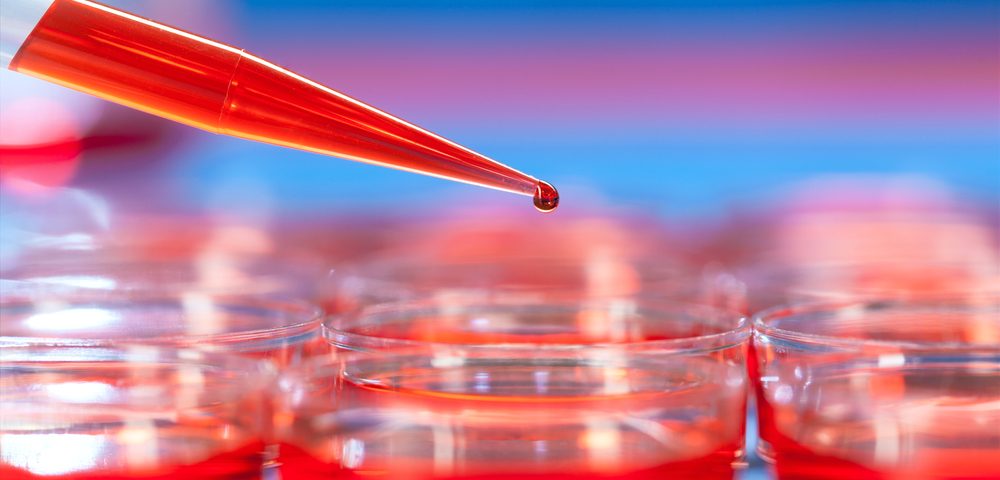Adoptive cell transfer — a type of immunotherapy when a patient’s own T-cells are harvested, genetically modified, and expanded in the lab — is much more efficient in melanoma if researchers make a simple change in growth conditions by adding an antioxidant before immune cells are injected back into the patients, according to researchers at the Medical University of South Carolina (MUSC).
The study, “Efficacy of Adoptive T-cell Therapy Is Improved by Treatment with the Antioxidant N-Acetyl Cysteine, Which Limits Activation-Induced T-cell Death,” was published in the journal Cancer Research.
Because the compound is already in use, the research team believes the findings can be immediately implemented in studies using adoptive cell transfer in humans and that the procedure may reduce the high variability in effectiveness among treated patients.
Although adoptive cell transfer made headlines in the past for positive results in advanced melanoma, the method is far from optimal.
Previous studies showed that better responses to treatment were associated with increased persistence of the cells. But when cells are rapidly expanded, they become more vulnerable to what researchers call “activation-induced cell death” which prompted the MUSC team to deduce that activation-induced cell death prevented effective treatment.
Researchers found that as the cells became activated, a molecular chain of events unfolded that damaged the cell’s DNA. The damage is often caused by reactive oxygen species (ROS), so the team simply added the antioxidant N-Acetyl Cysteine (NAC) to the dish where the cells were growing — which lowered the levels of ROS and reduced the activation of two markers signaling DNA damage. Clearly, the NAC largely prevented activation-induced cell death.
When transferring the cells to mice with cancer, they found that about 40% of the T-cells grown in NAC entered the tumor. Only 1.5% of T-cells grown according to a standard protocol found their way to the tumor.
The huge difference took researchers by surprise.
“Given the harsh environment T-cells encounter within tumors, we did not expect that the number of NAC-cultured T-cells would be 33-fold [times] higher than T-cells not cultured in NAC,” Christina Voelkel-Johnson, PhD, an associate professor of microbiology and immunology at MUSC’s Hollings Cancer Center and the senior author of the study, said in a news release.
This difference was also mirrored in the treatment effect, with NAC T-cells blocking tumor growth significantly more than standard T-cells. Future clinical trials will be needed to evaluate whether the change is beneficial for patients.
“Now we are looking at studies to help us understand exactly how NAC changes the phenotype of T-cells,” Voelkel-Johnson said. “How does it make these cells survive? How is trafficking to tumors improved? There may be benefits to culturing T-cells in NAC aside from generating activation-induced cell death resistance that we haven’t yet recognized.”


